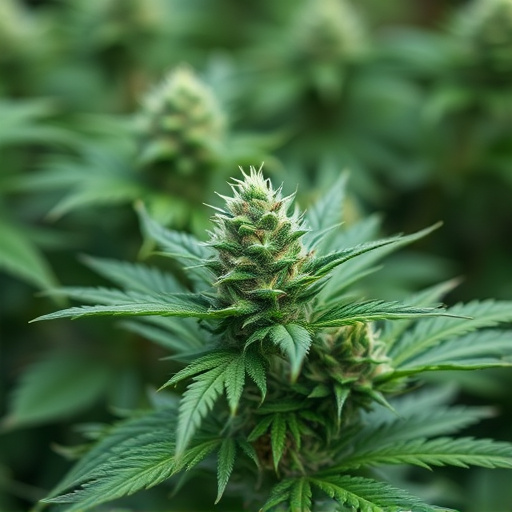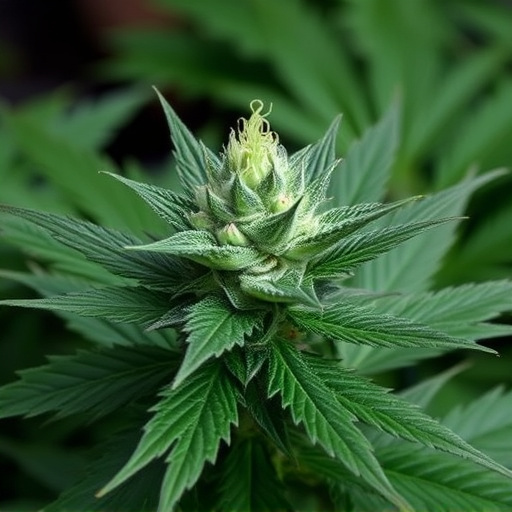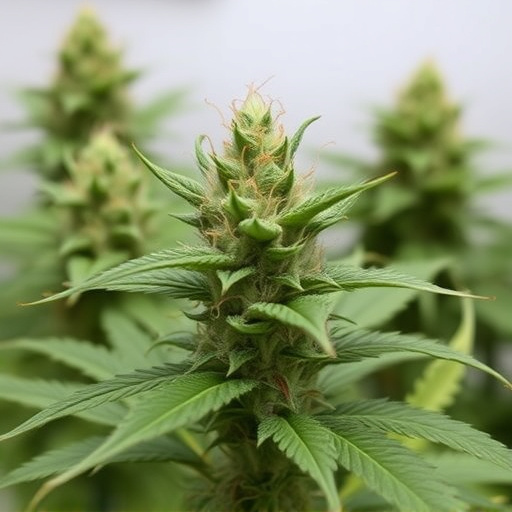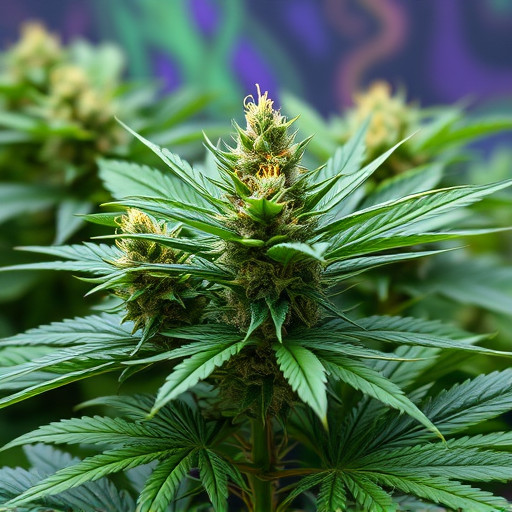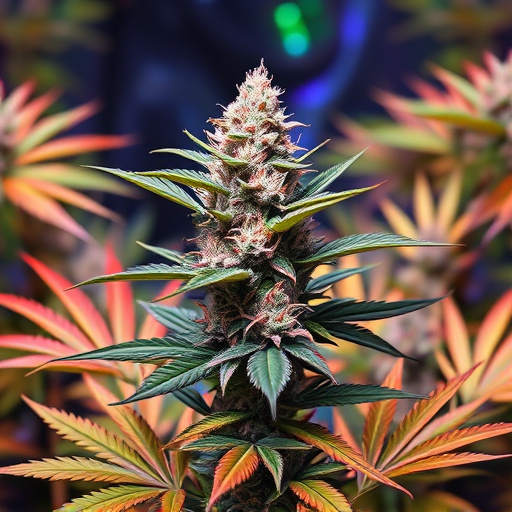The detection time of cannabinoids in psychedelic cannabis strains varies greatly based on individual factors like age, weight, health, and genetics. Younger people, heavier individuals, and those with certain health conditions may experience longer retention times due to varied metabolic rates and enzyme activity. These complexities make universal detection periods impractical, highlighting the need for personalized interpretation in drug testing, especially considering the diverse cannabinoid profiles of these strains.
“Unraveling the intricate factors that dictate cannabis detection times is essential in understanding its impact on various contexts. This article delves into the multifaceted nature of this process, exploring key elements that influence how long psychedelic cannabinoids remain detectable in an individual’s system.
From metabolic variations driven by genetics and health to the unique characteristics of different cannabis strains and consumption methods, each plays a critical role. We’ll examine how these factors contribute to varying detection windows, shedding light on the complexities surrounding psychedelic cannabis strains.”
- Metabolism and Individual Variations
- – Genetic factors influencing metabolism
- – Age, weight, and overall health as variables
Metabolism and Individual Variations

The metabolism, or how one’s body processes substances, plays a significant role in determining cannabis detection times. Each individual’s unique biochemical makeup can significantly influence the speed at which cannabinoids like THC (the primary psychoactive compound in psychedelic cannabis strains) are broken down and eliminated from the system. Factors such as age, weight, gender, and overall health contribute to these individual variations.
For instance, younger individuals tend to metabolize substances faster due to a more efficient liver function compared to older adults. Similarly, people with higher body mass indices (BMIs) may experience longer detection times as fat cells can store cannabinoids, leading to a gradual release and potential prolongation of detectable levels. These variations underscore the complexity of cannabis detection timelines, making it challenging to offer universal timeframes for its detection in urine, blood, or hair samples.
– Genetic factors influencing metabolism

The metabolism of cannabis, and consequently detection times, is influenced by genetic factors that vary among individuals and even within different psychedelic cannabis strains. Genetic makeup plays a significant role in determining how quickly and efficiently the body processes cannabinoids like THC (tetrahydrocannabinol). For example, certain genetic variants can lead to faster or slower metabolism, affecting the time it takes for THC to peak in the system and its subsequent elimination. This is particularly relevant when considering the wide range of psychedelic cannabis strains available, each with unique cannabinoid profiles.
Genetic differences can also contribute to variability in drug-metabolizing enzymes, such as CYP2C9 and CYP3A4, which play a crucial role in breaking down THC. Variations in these enzymes’ activity can impact the rate at which THC is metabolized, resulting in extended detection times for some individuals compared to others. Understanding these genetic factors is essential when considering the potential implications for legal drug testing and ensuring accurate interpretations of cannabis use based on metabolic differences.
– Age, weight, and overall health as variables
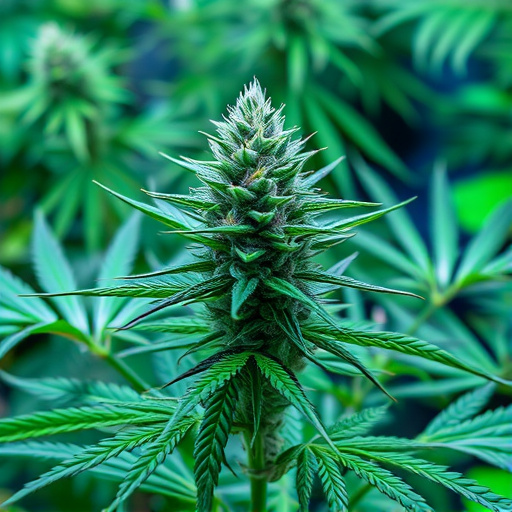
The detection time of cannabis in an individual’s system can vary significantly based on several factors, including age, weight, and overall health. Younger individuals typically metabolize substances differently than older adults due to variations in liver function and kidney efficiency. This metabolic diversity can influence how quickly psychedelic cannabis strains clear the body. Similarly, body weight plays a crucial role; heavier individuals may excrete cannabinoids more slowly compared to those with lower body mass.
Overall health is another essential variable. Individuals with compromised liver or kidney function might experience prolonged drug detection windows due to reduced metabolism and elimination rates. Chronic health conditions or medication use can also interact with cannabis, potentially extending its detectable period in the body. Understanding these factors is vital for accurate interpretation of drug tests, especially when considering the growing acceptance and usage of psychedelic cannabis strains.
Understanding the factors that impact cannabis detection times is essential for both users and legal professionals. Metabolism plays a significant role, with genetic influences and individual variations such as age, weight, and health status contributing to how quickly the body processes cannabinoids. When considering the effects of psychedelic cannabis strains, these factors can further influence the intensity and duration of experiences. By recognizing these variables, individuals can better manage their consumption, and legal systems can establish more equitable guidelines for testing and prosecution.
